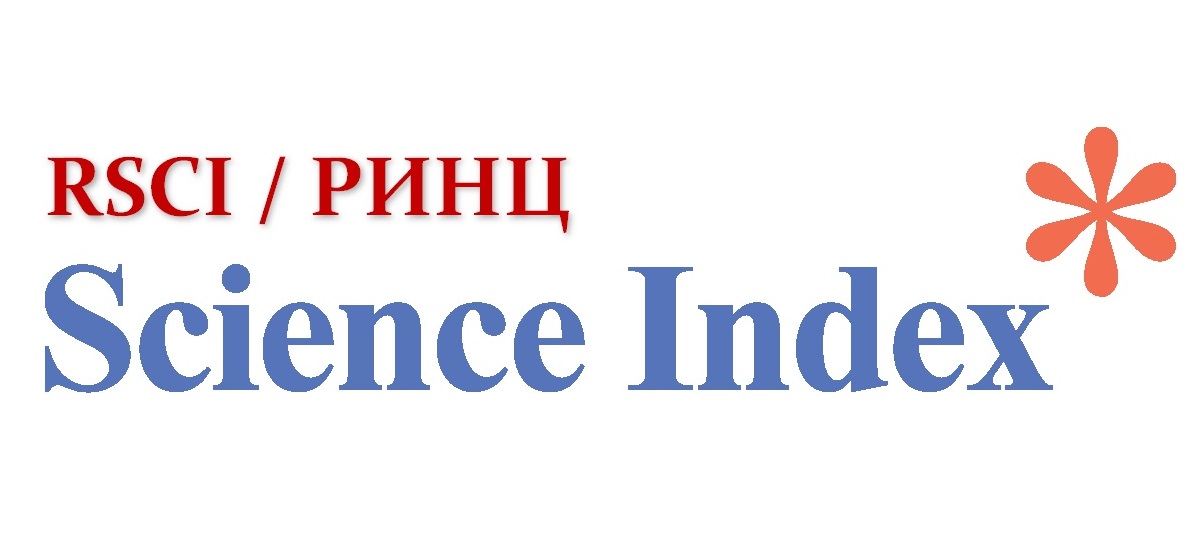Role of anthocyanins in plant resistance to virus
Views: 310 / PDF downloads: 233
DOI:
https://doi.org/10.32523/2616-7034-2025-150-1-117-133Keywords:
N. benthamiana, virus, TBSV, biotic stress, ROS, H₂O₂, anthocyaninAbstract
Viral infections pose a serious threat to crop production in Kazakhstan and worldwide, negatively affecting the growth, development, and productivity of agricultural crops. Under conditions of multiple stresses, such as drought, extreme temperatures, soil salinity, and pathogen damage, viruses aggravate physiological changes in plants, disrupting their metabolic pathways and reducing resistance to adverse factors. Particular attention is paid to the effect of viral infections on the biosynthesis of anthocyanins, important compounds involved in plant defense mechanisms. In this work, it was shown that infection with tomato bushy stunt virus (TBSV) caused more damage to the middle leaves of the model plant compared to other leaves, and the upper leaves stopped developing. In addition, necrosis was observed in the middle leaves, which led to further programmed cell destruction (PCD). Moreover, infection with the TBSV virus led to a significant increase in hydrogen peroxide levels and accumulation of anthocyanins in Nicotiana benthamiana plants. These changes indicate a disturbance in the redox balance and activation of defense reactions in response to viral infection. The findings highlight the importance of studying the interaction of viruses with plants to develop strategies to improve crop resistance to viral infections and other stress factors.







